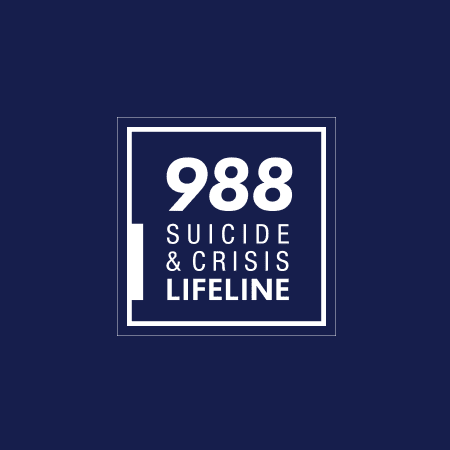Whether you are concerned for a loved one or struggling yourself, help is available
Helpful Resources
If you or a loved one are in immediate need,
DIAL 9-8-8 to reach the suicide and crisis lifeline

Firstlink
FirstLink offers free, confidential 24/7 support and crisis intervention through the 2-1-1 and 9-8-8 helplines and text line 898-211, serving North Dakota and parts of Minnesota.

24-Hour Helpline
Call 2-1-1 or text your zip code to 8-9-9 2-1-1 for free, confidential help, support, and crisis intervention.

Suicide and Crisis Lifeline
If you’re having suicidal thoughts, call 9-8-8 for FirstLink’s Lifeline, connected to a national crisis network. Trained counselors provide support and resources.
Additional Resources
Helping a
Loved One in Crisis
When a loved one is struggling with thoughts of suicide–or their mental well-being in general–it can be hard to know how to be there for them. With tips assembled NDSPC members, these ideas can help you navigate those tough conversations while keeping both you and your loved one safe.
Know the Signs
Changes in what they say, how they behave, and their mood can all be signs that someone is at-risk for suicide.
Start the conversation
Say something like, “I was thinking about you today and everything you have been going through. How have you been doing?”
Ask Directly about Suicide
“With what you were saying today, I was worried about you. Are you thinking about suicide?”
Listen without Judgment
While it’s tempting to try to fix the problems your loved one may mention, just listen. Be present and offer support.
Connect them to help immediately
Call 9-8-8 for help connecting to Suicide Prevention Support or the Mobile Crisis Unit.
Stay with the person or keep them on the phone until help arrives
Never keep a secret about suicide – tell someone
Even if you think they may be angry with you, it is most important to keep your loved one safe. Tell someone.
Offer hope
Say something like “I am here for you and we are going to get some help,” and then follow through.
Follow up
Be sure to check in with your loved one after your conversation. Following up shows them you genuinely care about their wellbeing.
If you are not sure what to say or do, call 9-8-8. You can refer anyone in crisis to 9-8-8, even if they are not suicidal.
FAQs
Find answers to common questions about suicide prevention and available resources.
What is suicide?
Suicide is when a person harms themself with the goal of ending their life and they die as a result.
What is a suicide attempt?
A suicide attempt is when a person harms themself with the goal of ending their life but they do not die.
Who is at risk for suicide?
People of all genders, ages, and ethnicities can be at risk. Key risk factors include a history of suicide attempts, mental disorders, chronic pain, family history of mental disorders and/or suicide, exposure to violence, and having firearms in the home. Caucasian ethnic groups in the U.S. have the highest suicide rates and risk factors like mental illnesses and substance use disorders increase the risk.
What are the warning signs of suicide?
Warning signs include talking about wanting to die, feeling hopeless, feeling trapped, unbearable pain, feeling like a burden, withdrawing from others, giving away possessions, and taking risks that could lead to death.
What treatment options are available?
Effective interventions include Cognitive Behavioral Therapy (CBT) and other psychotherapies, medication, and comprehensive support from health care providers. The CDC also highlights the importance of improving access to mental health care, promoting healthy connections, teaching coping skills, and supporting people at risk.
Can the risk for suicide be inherited?
While suicidal behavior is not genetically inherited, risk factors for suicide can be. Major psychiatric illnesses like Bipolar Disorder, Major Depression, Schizophrenia, alcoholism, substance abuse, and certain personality disorders can all be inherited and increase the risk for suicidal behavior.
Does alcohol and other drug abuse increase the risk for suicide?
Yes. Substance use and abuse are linked to an increased risk of suicidal behavior. People who are dependent on substances often have multiple risk factors for suicide, including depression and social problems.
What should you do if someone is talking about suicide?
It’s crucial to take it seriously. You can support them by listening without judgment, removing objects that could be used in a suicide attempt, and encouraging them to seek professional help. In cases of immediate danger, call emergency services like 911.
How can we prevent suicide?
Prevention includes identifying and supporting people at risk, teaching coping and problem-solving skills, creating safer environments, and ensuring access to mental health care. It’s also important to intervene after a suicide attempt (postvention) and report about suicide safely.
Get Help,
Offer Support
Whether you’re in crisis or looking to make a difference, NDSPC offers valuable resources and opportunities.





